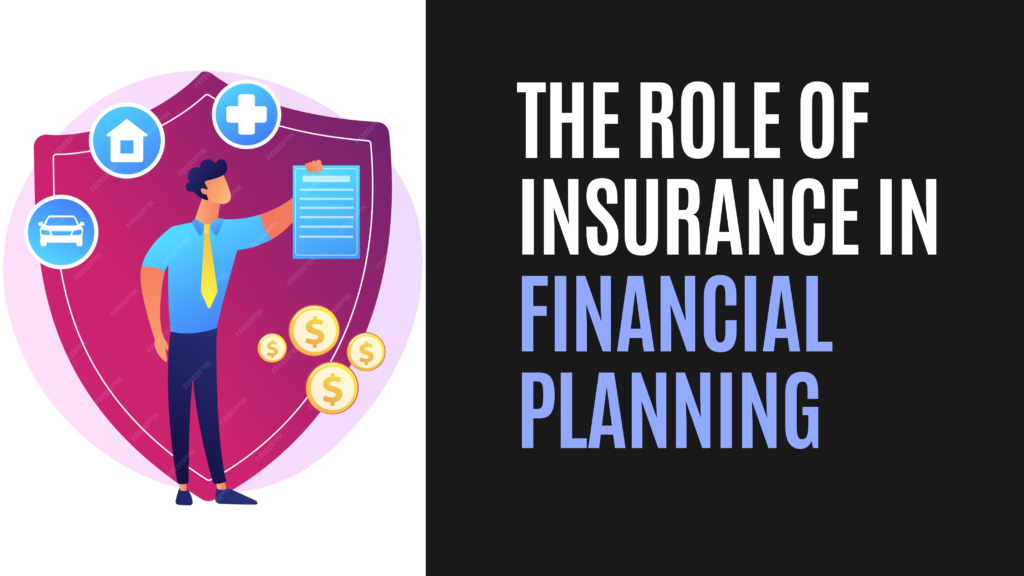What Does Pacific Prime Mean?
What Does Pacific Prime Mean?
Blog Article
Our Pacific Prime PDFs
Table of ContentsGet This Report about Pacific PrimeA Biased View of Pacific PrimeThe Greatest Guide To Pacific PrimeSee This Report about Pacific PrimeThe Basic Principles Of Pacific Prime

This is due to the fact that the data were collected for a duration of solid financial efficiency. Of the estimated 42 million individuals who were without insurance, just about about 420,000 (regarding 1 percent) were under 65 years of age, the age at which most Americans become qualified for Medicare; 32 million were grownups in between ages 18 and 65, about 19 percent of all adults in this age; and 10 million were kids under 18 years of age, about 13.9 percent of all children (Mills, 2000).
These price quotes of the number of persons without insurance are created from the annual March Supplement to the Current Populace Study (CPS), performed by the Demographics Bureau. Unless otherwise kept in mind, nationwide price quotes of people without medical insurance and proportions of the populace with various sort of coverage are based on the CPS, the most commonly made use of source of quotes of insurance policy protection and uninsurance rates.
The 6-Minute Rule for Pacific Prime

Still, the CPS is particularly helpful because it produces yearly price quotes fairly swiftly, reporting the previous year's insurance coverage approximates each September, and since it is the basis for a consistent collection of estimates for even more than twenty years, permitting evaluation of patterns in coverage over time. For these factors, along with the considerable use the CPS in other studies of insurance protection that exist in this record, we depend on CPS quotes, with limitations kept in mind.

The quote of the variety of without insurance people broadens when a populace's insurance coverage standing is tracked for numerous years. Over a three-year duration starting early in 1993, 72 million individuals, 29 percent of the united state populace, were without coverage for a minimum of one month. Within a solitary year (1994 ), 53 million people experienced at the very least a month without insurance coverage (Bennefield, 1998a)
Six out of every 10 uninsured adults are themselves employed. Functioning does improve the possibility that one and one's household members will have insurance policy, it is not an assurance. Even participants of families with two full-time breadwinner have almost a one-in-ten opportunity of being uninsured (9.1 percent without insurance rate) (Hoffman and Pohl, 2000).
Some Known Facts About Pacific Prime.
New immigrants make up a Click Here significant percentage of individuals without health insurance coverage. One evaluation has associated a considerable part of the recent development in the dimension of the united state without insurance population to immigrants who showed up in the country between 1994 and 1998 (Camarota and Edwards, 2000). Recent immigrants (those who pertained to the United States within the past four years) do have a high price of being without insurance (46 percent), but they and their children account for simply 6 percent of those without insurance nationally (Holahan et al., 2001).
The relationship between medical insurance and accessibility to care is well developed, as documented later on in this chapter. The relationship between wellness insurance and wellness end results is neither straight nor basic, a considerable clinical and health solutions study literary works web links health and wellness insurance coverage to better accessibility to care, far better quality, and improved individual and population health and wellness condition.
Degrees of analysis for examining the impacts of uninsurance. It focuses especially on those without any health insurance policy for any length of time.
Everything about Pacific Prime
The troubles faced by the underinsured are in some respects similar to those faced by the uninsured, although they are usually much less serious. global health insurance. Uninsurance and underinsurance, nevertheless, involve noticeably different plan concerns, and the techniques for resolving them may vary. Throughout this research study and the five reports to adhere to, the primary focus gets on individuals without any wellness insurance coverage and thus no assistance in paying for wellness care beyond what is readily available with charity and safeguard institutions
Medical insurance is a powerful element influencing invoice of treatment due to the fact that both individuals and physicians respond to the out-of-pocket cost of services - https://www.anyflip.com/homepage/fcter#About. Medical insurance, nevertheless, is neither required nor enough to obtain access to medical solutions. Nonetheless, the independent and direct effect of health and wellness insurance protection on accessibility to health and wellness services is well developed.
Others will obtain the healthcare they require also without health and wellness insurance policy, by spending for it expense or seeking it from carriers who offer care free or at very subsidized prices. For still others, health and wellness insurance policy alone does not make certain invoice of treatment as a result of various other nonfinancial obstacles, such as a lack of health and wellness care service providers in their area, restricted access to transport, illiteracy, or etymological and cultural distinctions.
Unknown Facts About Pacific Prime
Official research concerning uninsured populaces in the USA dates to the late 1920s and early 1930s when the Board on the Price of Medical Treatment created a series of reports about funding medical professional office brows through and hospital stays. This issue became salient as the numbers of clinically indigent climbed up throughout the Great Clinical depression.
Report this page